How Writing Math Journals Can Boost Students’ Problem-Solving Skills
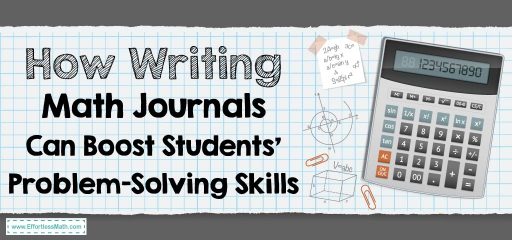
Trying to unravel a complex, multi-step problem is often like wandering through a maze without a map:
Students jump straight into calculations, only to discover midway that they’ve taken a wrong turn. By the time they realize the error, frustration has set in, and confidence has taken a hit.
Alongside calculators and formula sheets, many teachers overlook the power of reflective writing as a mathematical tool. Even though students often use essay writing services for language arts assignments, they rarely pause in math class to articulate their reasoning. Embracing math journals invites learners to slow down, capture each decision, and build a clear path through complex problems. This reflective practice shifts the focus from “getting the right answer” to understanding how and why each step matters.
This post explores math journals and how they boost metacognitive awareness, enhance strategy use, and sharpen communication. You’ll also find practical tips for rolling out journals in your classroom.
What Are Math Journals?
Math journals are personalized notebooks where students record their thinking, not just the final answer.
At their core, these journals invite learners to narrate each step of solving a problem, from the moment they first read the question to their final reflection on the result. Unlike traditional math worksheets focusing solely on arriving at the correct answer, journals emphasize the journey: the questions students ask themselves, the missteps they encounter, and the strategies they test along the way.
There are two broad styles of entries:
1. Free-Form Reflections
In these entries, students write in prose about what they noticed, what confused them, and what surprised them. They might start with a prompt such as, “Describe in your own words what this problem is asking,” then follow with observations like, “I realized halfway through that my initial approach ignored the units.” This style encourages creativity and personal voice—students learn to trust and put their ideas into words.
2. Structured Heuristic Logs
Inspired by George Pólya’s four-step method — Understand, Plan, Execute, Reflect — this template guides learners more explicitly. Under each heading, students jot bullet points or quick sentences:
- Understand: “The problem is the volume of a cylinder with a radius of 3 cm and a height of 5 cm.”
- Plan: “Use V = πr²h; calculate r² first.”Execute: “r² = 9; V = 9π × 5 = 45π.”
- Reflect: “I double-checked by comparing with a similar problem; my result seems reasonable.”
By rotating free-form and structured entries, you help students develop narrative skills and disciplined problem analysis. Free-form writing builds comfort with expressing mathematical ideas in words, while heuristic logs instill a consistent problem-solving routine.
Over time, learners internalize these steps so that even when the journal is closed, they naturally pause and ask themselves, “Do I fully understand the question? What’s my plan? How will I know I’m correct?” That internal dialogue becomes the hallmark of a confident, self-directed problem solver.
Building Metacognitive Awareness
Learners who write about their process engage in metacognition, i.e., thinking about thinking. Pugalee’s metacognitive framework identifies four phases in student writing: orientation, organization, execution, and verification. Journals make each phase visible.
- Orientation: Students describe the problem in their own words: “This question asks me to find the area of an irregular shape.”
- Organization: They sketch a plan (maybe a diagram or bullet list of steps).
- Execution: The calculations go down alongside commentary: “I’m subtracting the triangle’s area from the rectangle’s total.”
- Verification: Finally, pupils reflect: “I checked by plugging my result back into the formula; it fits.”
Sample reflection prompts:
- What was my first instinct when I saw this problem?
- How did I confirm my answer was reasonable?
- If I did this again, what might I try differently?
By answering these, students learn to monitor and adjust their working approach before frustration creeps in.
Enhancing Strategy Use
Effective problem solvers draw on a toolbox of strategies: simplifying, drawing diagrams, working backward, and more. Math journals nudge students to try and compare these approaches.
In one study, middle-schoolers who used Polya’s four-step diary showed marked improvement in strategy selection on unfamiliar problems. They were more likely to sketch a diagram or make a table rather than guess at random. Over time, pausing to choose a strategy becomes second nature.
Classroom tip: Rotate a “strategy of the week” prompt. One week, ask students to simplify the problem; the next, encourage them to look for patterns. Journal entries can then include a quick self-rating: “On a scale of 1–5, how well did this strategy help me?”
Improving Mathematical Communication
Clarity in writing demands clarity in thought. When students justify each step, they deepen their understanding and make it easier for you to spot misconceptions.
- Teacher–student dialogue: Use journal entries for targeted mini-conferences. If a student’s reflection shows uncertainty about why they subtracted instead of added, you know exactly where to focus your feedback.
- Peer review: Pair learners to read and comment on each other’s journals. A structured “Two Stars and a Question” protocol (two strengths, one question) builds a community of thoughtful critique.
Over time, these conversations boost individual communication and classroom culture:
Math becomes a subject of shared discovery, not solitary struggle.
Practical Implementation Strategies
Rolling out math journals can feel daunting. Here’s a roadmap:
1- Design prompts intentionally.
● Mix open-ended questions (“Explain how you decided to start here”) with prompts that target specific skills (“Draw and annotate your diagram”).
2- Choose frequency wisely.
● Reserve 5–10 minute “exit tickets” daily for quick reflections on that day’s lesson.
● Schedule longer, 20-minute journal sessions once a week for deeper exploration.
3- Assess thoughtfully.
● Develop a simple rubric: completeness of reflection, evidence of strategy use, and clarity of explanation.
● Provide written or verbal feedback directly in the journal margins.
Starting small, like one journaling activity per week, builds student buy-in without overwhelming your lesson plans.
Evidence from Classroom Studies
Here’s a quick data snapshot comparing students who journaled with those who didn’t on a post-test and a retention test one month later:
| Group | Post-test average | Retention test average |
| Journal writers | 82% | 78% |
| Control (no journals) | 74% | 66% |
On top of numbers, one middle-school teacher noted a 25% drop in repeated calculation errors after her class adopted regular journal entries. Students revisit and refine their reasoning when writing, and fewer mistakes slip through.
Ready to Try?
Math journals aren’t just an extra notebook; they’re a roadmap for students to track, analyze, and communicate their thinking. By building metacognitive awareness, diversifying strategies, and fostering clear explanations, journals transform the way learners approach problems.
Ready to give it a try?
Download our free SAT Math Worksheets PDF, a library of practice problems you can use alongside journal prompts in today’s lesson. Then, invite your students to reflect on one worksheet problem in their journals and see how articulating their approach deepens their understanding.
Frequently Asked Questions
How do you find the area of a triangle?
To find the area of a triangle, you use the formula: Area = 1/2 × base × height. This formula makes it straightforward: measure the length of the base and the vertical height from the base to the opposite vertex, then multiply these two measurements and divide by two. For students utilizing math journals, this process of calculation can be written out step-by-step, allowing them to reflect on their understanding and document how they apply the formula. Writing it down also helps in solidifying the knowledge and troubleshooting any misunderstandings, making it a practical way to enhance problem-solving skills.
How do you calculate the area of a circle?
Calculating the area of a circle involves using the formula \( A = \pi r^2 \), where \( A \) stands for area, \( \pi \) (approximately 3.14159) is a constant, and \( r \) represents the radius of the circle. Writing out this process in a math journal can help students clarify their thoughts and understand the significance of each component of the formula. By reflecting on why we use \( \pi \) and \( r^2 \), students can deepen their comprehension and enhance their problem-solving skills. For younger students beginning their mathematical journey, exploring resources like the Top 10 Grade 3 Math Books Inspiring Young Mathematicians To Explore can also be very beneficial.
How do you find the area of a rectangle?
To find the area of a rectangle, you multiply the length of the rectangle by its width. This calculation is straightforward: if the length of the rectangle is 5 meters and the width is 3 meters, the area will be 15 square meters (5 meters x 3 meters). In the context of using math journals, as discussed in the post, students can enhance their understanding of this process by writing down each step in a math journal. This reflective practice not only helps solidify the method but also encourages students to think critically about why this formula works and how it applies to various problems. By journaling, students develop a deeper understanding, moving beyond just memorizing formulas to grasping the concept of area in real-world contexts.
Related to This Article
More math articles
- The Ultimate PARCC Algebra 1 Course (+FREE Worksheets)
- How to Determine Limits Using the Squeeze Theorem?
- Unfolding Shapes: How to Identify the Nets of Prisms and Pyramids
- How to Solve Equations with Multiple Angles
- Series Behavior with the n-th Term Test: Divergence Test
- How to Help Your 5th Grade Student Prepare for the Rhode Island RICAS Math Test
- 5th Grade STAAR Math Worksheets: FREE & Printable
- 8th Grade STAAR Math Worksheets: FREE & Printable
- How to Solve One-Step Inequalities? (+FREE Worksheet!)
- How is the ACT Test Scored?

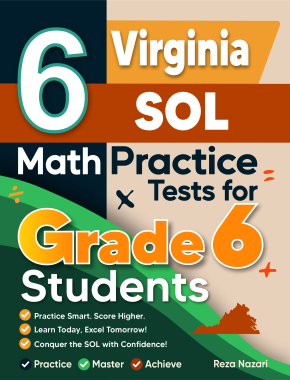

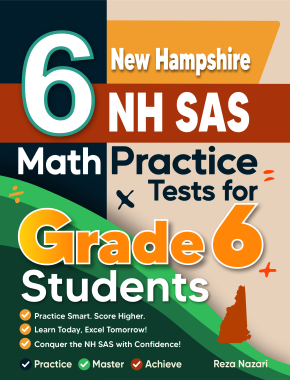
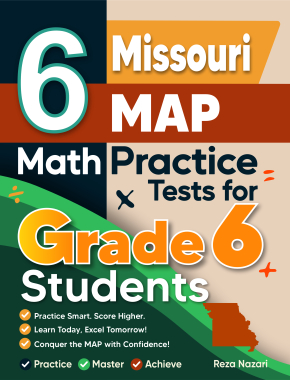

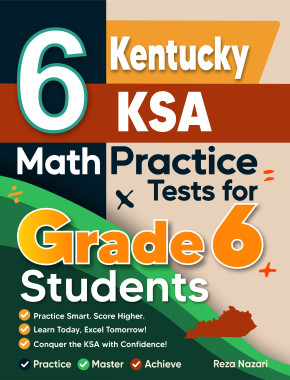
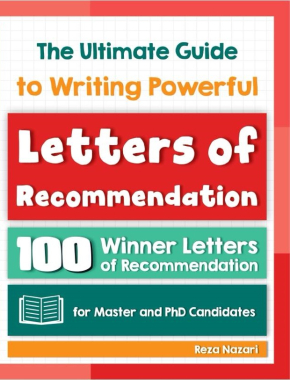
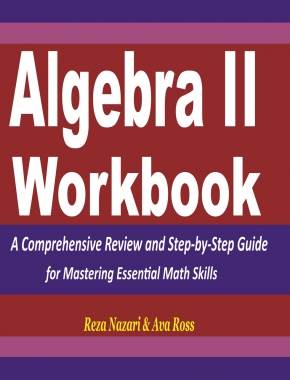

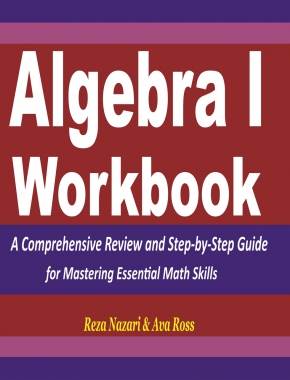

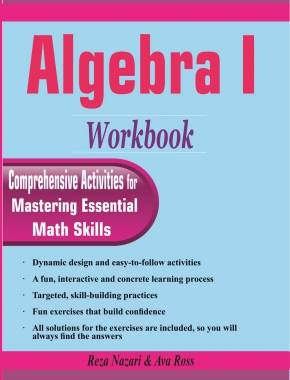
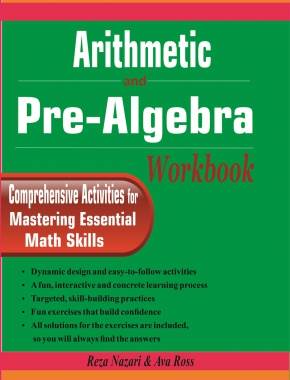
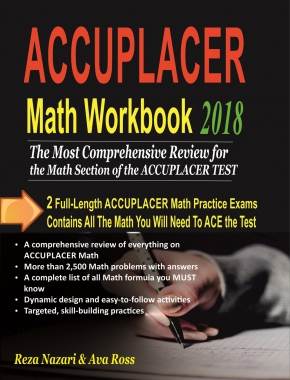
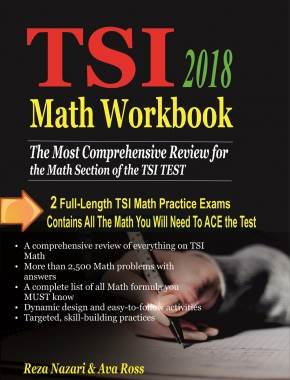




















What people say about "How Writing Math Journals Can Boost Students’ Problem-Solving Skills - Effortless Math: We Help Students Learn to LOVE Mathematics"?
No one replied yet.